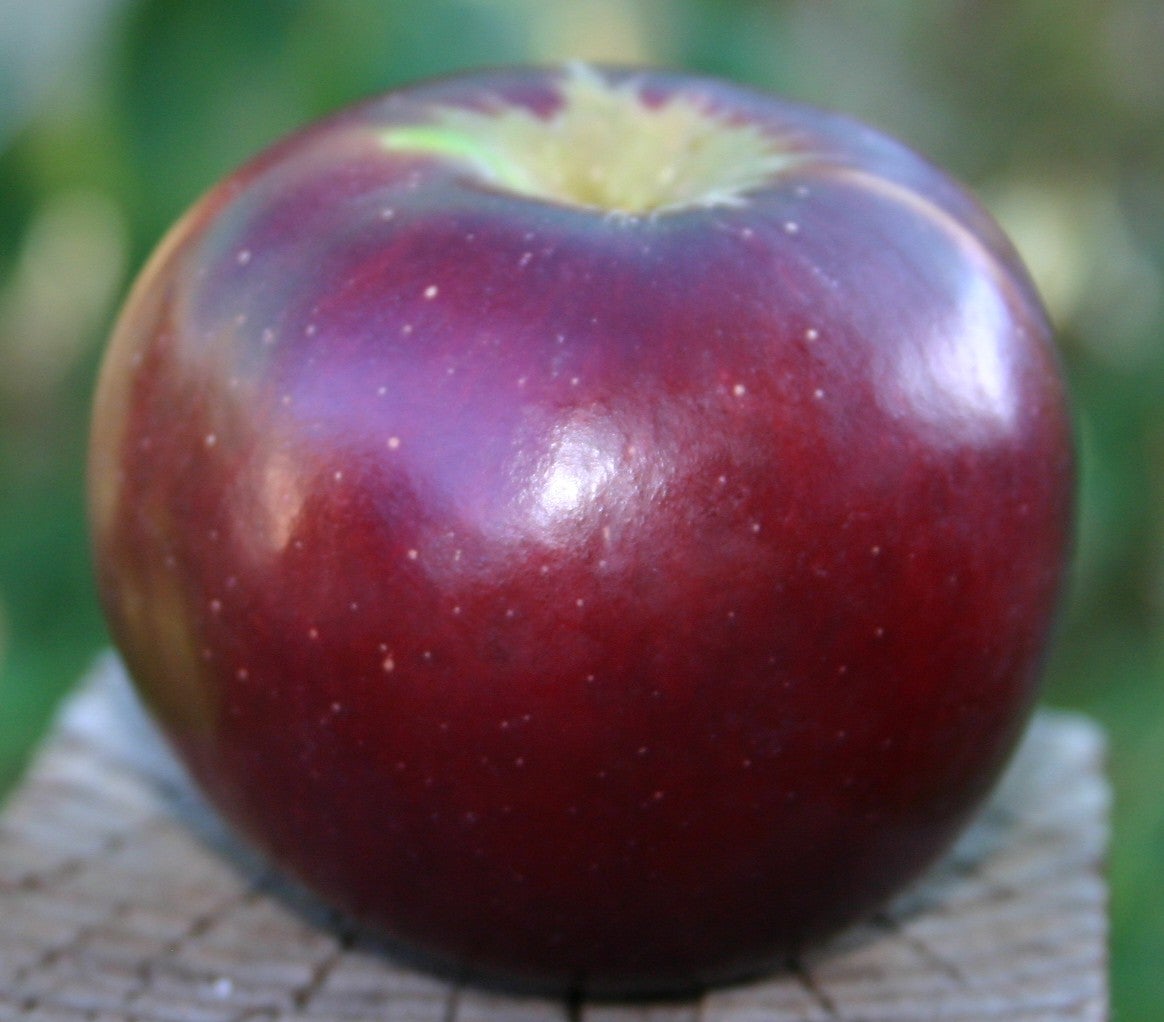Many dietary discoveries have been made over the last few years
Published 4:22 pm Thursday, January 31, 2013
We all know fruits and vegetables are loaded with nutrients. Some of these include phytochemicals, antioxidants and other compounds that help us look and feel younger, prevent disease and improve overall health.
Getting enough of these nutrients from our diet, can sometimes seem a bit overwhelming, though. According to recent studies based on government nutritional data, many folks are coming up short on the number of colorful fruits and vegetables they should eat.
Sixty nine percent don’t get enough green, 78 percent don’t get enough red, 86 percent don’t get enough white, 88 percent don’t get enough purple/blue and 79 percent don’t get enough yellow/orange.
To reap more benefits from these wonderful nutrients I recommend getting nine servings of fruits and vegetables every day. To more easily accomplish this, choose one from each of the following eight color groups and an extra from the orange group, daily.
Here are the colorful fruit and vegetable groups, food sources, nutrients and their benefits.
1. Red: Tomatoes, red bell peppers, cherries, raspberries, watermelon, pink grapefruit and guava. These contain lycopene, which protects cells from damage, protects the heart and helps prevent prostate cancer.
2. Red/Purple: Grapes, grape juice, red apples, cranberries, blackberries and strawberries. These contain flavonoids, which help prevent blood clots and heart disease.
3. Orange (x2): Sweet potatoes, mangoes, carrots, apricots, cantaloupe and pumpkin. These contain alpha-and beta-carotene which boost the immune system, and help prevent heart disease and cancers.
4. Orange/yellow: Oranges, tangerines, peaches, papaya, orange and yellow bell peppers, lemon, squash, pears, pineapple and nectarines. These contain a compound called cryptoxanthin, that also help prevent heart disease and cancers.
5. Yellow/green: Green peas, yellow corn, avocado and honeydew melon. These contain lutein and zeaxanthin, which protect retinas from macular degeneration and cataracts.





